
views
Resetting the Sensor without Disconnecting the Battery

Park on a level surface. If you reset the sensor while parked at an angle or on an incline, the sensor’s default positions will be off. A Key Note: We’re going to start with the simplest version of this process, but it may not work for all vehicles. If this technique doesn't work for you, try using our other method that involves disconnecting the vehicle's battery to reset the sensor.
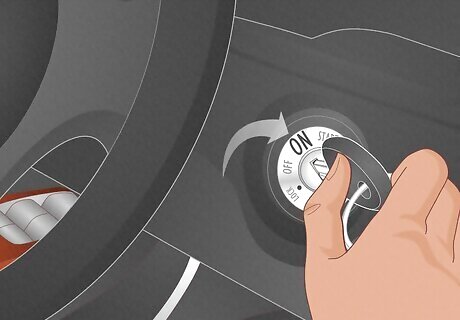
Turn the key to the “ON” position. Do not start the engine, though—just turn the key one position.
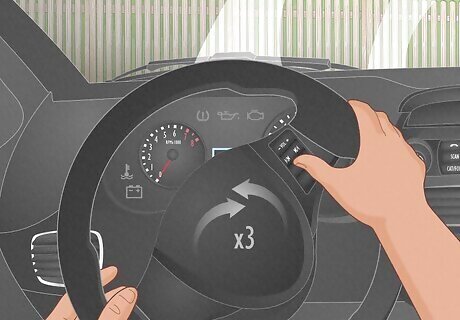
Turn the steering wheel to the left and right 3 times. Move the steering wheel slowly and smoothly. Go all the way to the left and then all the way to the right. Repeat this 3 times.
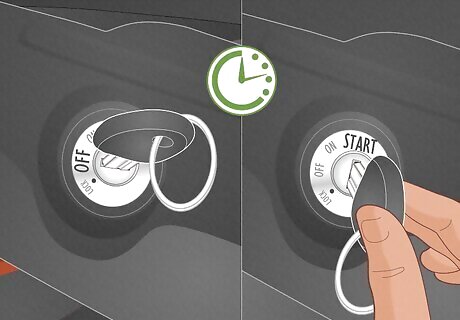
Turn the key to the “OFF” position and start the car. Remove the key entirely, wait a few seconds, then restart the vehicle. If you’re lucky, the steering wheel sensor should be fully reset now. Turn your steering wheel with the engine running to ensure you don’t get any dash warnings. Test drive the vehicle by driving it around the block a few times. If all is good, your sensor is reset. If this doesn’t work, try repeating the process with the engine running. On some vehicles, the engine has to be on.
Disconnecting the Battery to Reset the Sensor
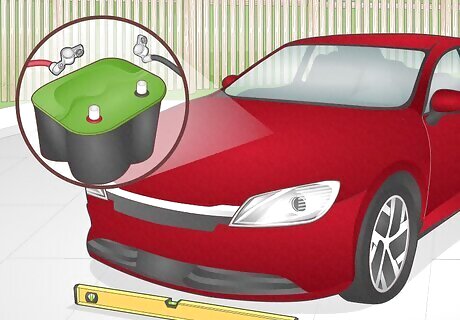
Park on a level surface and disconnect the battery. Do not put the key in the ignition. Pop the hood and disconnect the negative (black) cable with a wrench. Then, disconnect the positive (red) cable.
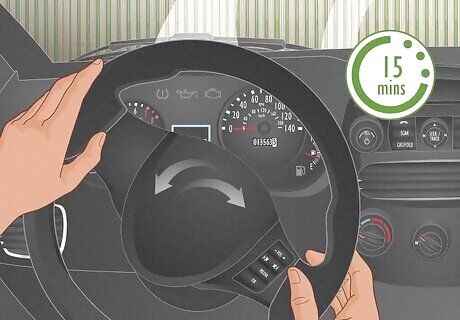
Turn the steering wheel left and right, then wait 15 minutes. You need to wait at least 15 minutes for the battery to fully discharge so that the sensor repeats. While you’re waiting, turn the steering wheel all the way to the left, wait 3-5 seconds, then do the same on the right. Turning the wheel may help the steering angle sensor recalibrate, but don’t worry about it if the wheel won’t turn.

Reconnect the battery, start the car, and turn the wheel 3 times. Move the steering wheel to the center position if you can. Then, reconnect the positive terminal followed by the negative terminal. Turn the key in the ignition to start the vehicle. Turn the wheel all the way to the left then all the way to the right 3 times. Do not leave the park position while doing this.

Drive the car around the block to confirm the sensor is working. Take the vehicle out for a spin to confirm that your sensor has been successfully reset. If this doesn’t work, you cannot reset your steering angle sensor without an OBD-2 sensor. Reach out to a friend or family member to borrow an OBD-2 sensor. Plug it in and reset the error codes to reset the sensor. If the error comes back after resetting the engine with the OBD-2, you probably need a new clock spring in your steering wheel. Steering angle sensors basically never break, but the spring holding them in place can come loose.
What does the steering angle sensor do?
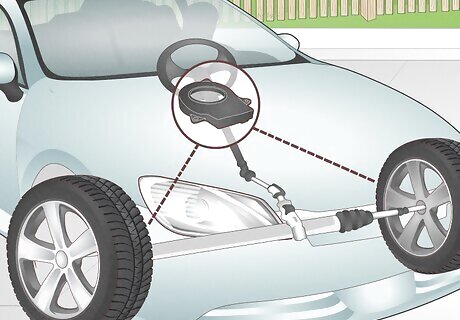
The steering angle sensor checks the tires against the steering wheel. The steering angle sensor is a small dial inside of your steering wheel (usually under the horn) that tracks the angle of the steering wheel. Your vehicle checks the steering wheel location against the angle of the tires to confirm your alignment is good. If the steering angle sensor isn’t working, the “ESC” light will pop on your vehicle. On some vehicles, the indicator will look like the back of a car with some swerve lines on the back tires.
Symptoms of Bad Sensor

Dashboard warning lights turn on The ESC light should always turn on if your car’s computer senses something is off with steering wheel, but there may be other warning lights too. You may get a check engine light warning or see a check brakes error, too.
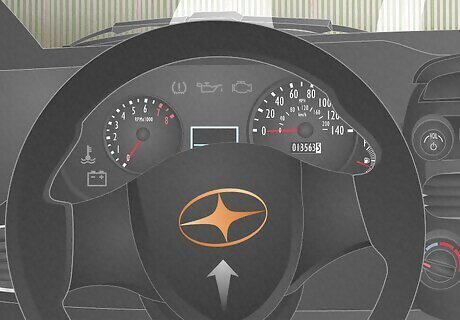
Steering wheel aligned improperly If your vehicle is driving straight but the logo in the center of your steering wheel is off, it’s a sign that your alignment is bad. This could be a consequence of a bad sensor reading.
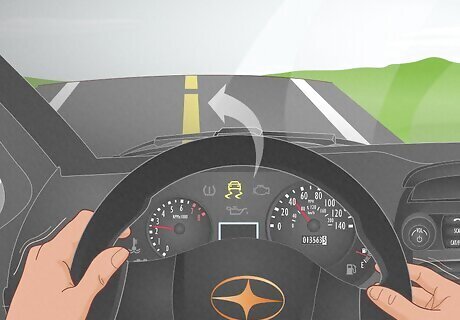
Strange steering wheel behavior If your car has any kind of balancing system, ABS, or lane guidance, your steering wheel may feel like it’s getting a mind of its own if the steering angle sensor is bad. You may notice the steering wheel pulls to a side or jerks unexpectedly in minor ways. The steering wheel shouldn’t be making huge movements; you should only notice minor moves here.
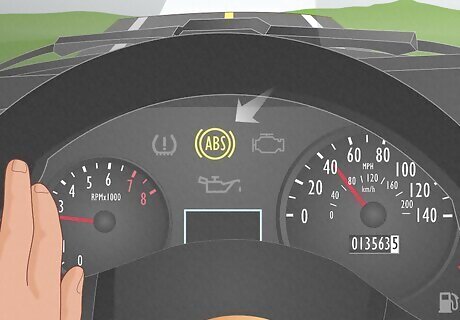
Power steering systems don’t engage You may also notice that your ABS light pops on randomly, the cruise control doesn’t work, or the collision avoidance technology isn’t working. All of these issues point to a potential problem with the sensor.
Is it safe to drive with a bad steering wheel angle sensor?
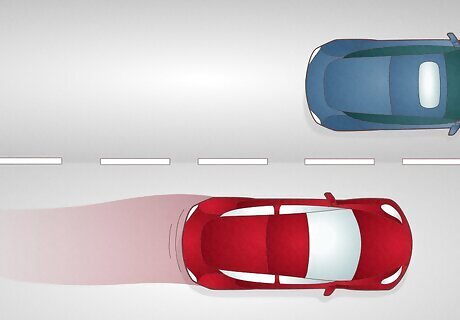
So long as you can control the car, it’s safe. Like a bad alignment, a displaced steering angle sensor may make driving slightly more difficult to handle the steering wheel, but it shouldn’t create any serious risk so long as you’re diligent and careful. If you feel like you’re not able to control the vehicle though, don’t drive.

















Comments
0 comment